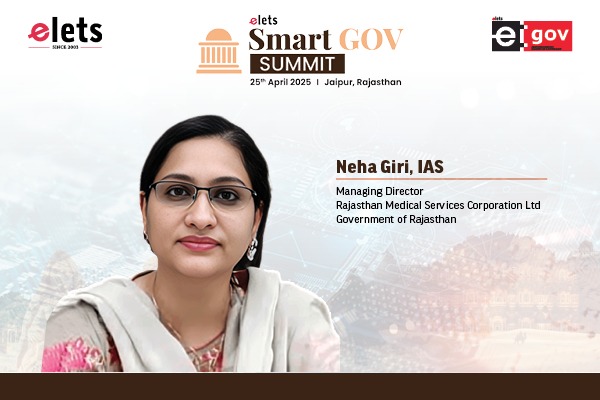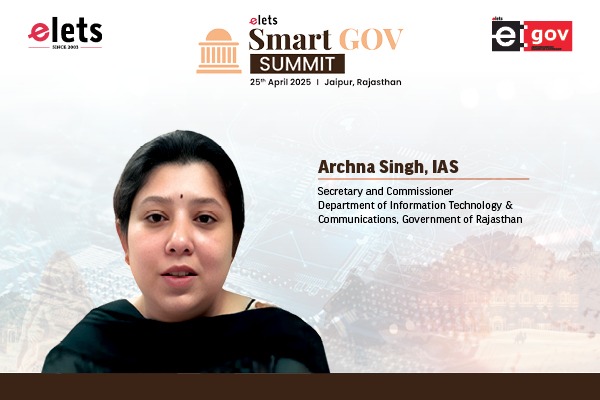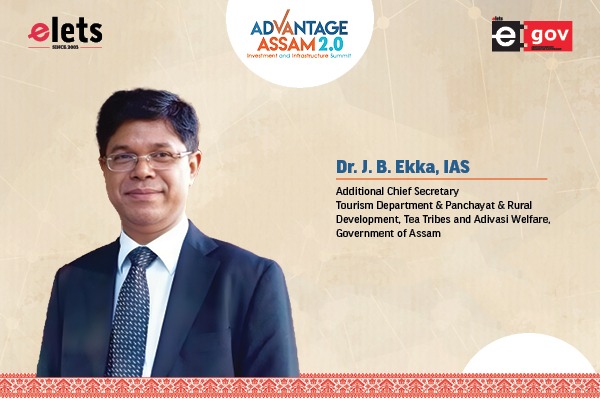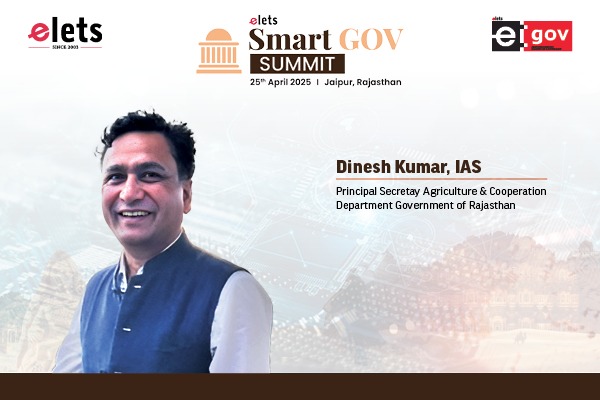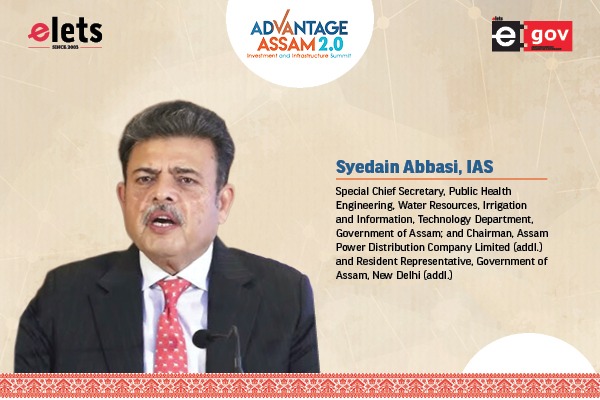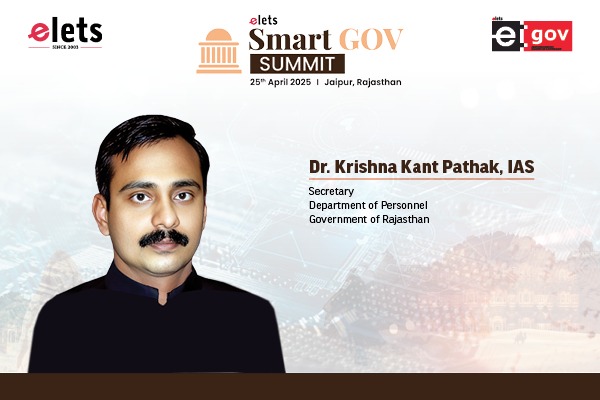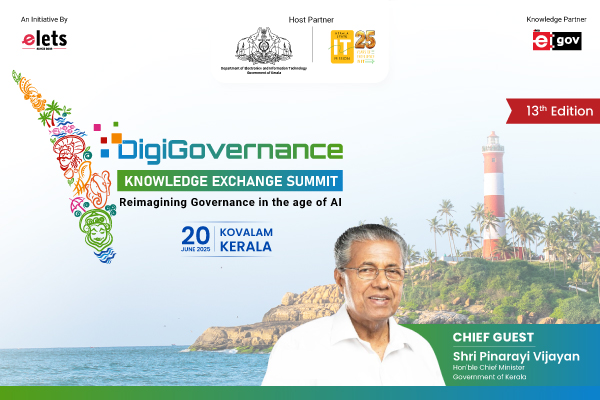 Ashis Sanyal
Ashis Sanyal
Consulting Editor, egov
Since more than one year the Indian polity is agog with pros and cons of a Bill, expected to be passed by our Parliament,which seeks to establish, through a transparent and participatory process, an independent anti-corruption institution called Lokpal, supported by Lokayukta at the state level. As obvious for a democratic country like ours, there surfaced few versions of this bill, including the government one. The citizen remained excited for a significant period of time by free-wheeling opinions coming out in the print, electronic and new Web 2.0 media, before they got engrossed in newer front-page subjects of public interest!

Discussion on the comparative merits and demerits of various versions of the Lokpal Bill is of course not the subject of this space. There would not be any critical analysis of the universal presumption of all versions of that Bill that about five million government employees ( both central and states together ) may be the root cause of all corruptions in the country of 1200 million people! Nor it is for scrutiny, whether reposing a super-power centrally in the hands of few mortals, is in contravention to our extant basic practice of reform of de-centralising the authority as far as possible (after all….power corrupts, absolute power corrupts absolutely…said William Pitt, British PM first in 1770, the French republican poet and politician Alphonse Lamartine repeated it in 1848 and it was Lord Acton who publicized the statement most in 1887). However, everyone appreciates the primary motto of the bill, seeking to prevent and mitigate the corruption from the society and this is not philosophically challenged in any quarter.

It is in News that the advocates of the Bill expect that corruption in government would go down by at least 60% with the Bill in force. Further, a survey revealed that about 38% people are aware of this Bill. Now the pertinent question is, can
we prevent or reduce corruption, by at least that 60%, in any other possible way? Let us consider the following facts. There is almost no complaint about corruption in purchasing an airline ticket. The grievances against corruption in purchasing a reserved railway ticket, which used to surface in a very large scale two decades ago, are also fast disappearing in a very decisive manner. In the ‘Bhoomi’ land record management system in Karnataka, providing computerized Rent, Tenancy and Crops (RTC) certificate, 27000+ farmers of Karnataka now do not have to meet, pray and cajole the Village Accountant for the RTC certificate. No speed money is required; certificate-seeking farmer is only required to go to a Bhoomi kiosk, to obtain an RTC certificate in 10 minutes by paying 15 rupees! A mobile-based application in MP effectively helps the District Collector in monitoring the quality and quantity of the PDS rice and other food grains in transit and transportation, which earlier used to be goldmine for the corrupt middlemen and traders. Either NREGA payments or Defense personnel’s pension payments online through banks, are some more examples in plethora of successful ICT-inspired service delivery initiatives now running in the country in which the citizens’ experience has been similar about diminishing corrupt practices. But how this experience happens anyway? Intelligent deployment of ICT has significantly reduced the age old practice of man to- man interactions between the service seeker
and service provider in all these cases and power of ICT has been demonstrated doubtlessly in shifting authority from man to machine, thereby curbing the possible windows for corruption.

This has been exactly the background with which Department of Electronics and IT (DeitY) sought to get the Electronic Delivery of Services (EDS) Bill 2011 passed by the Parliament, with the ultimate objective of transforming the citizen-government interactions at all levels to the e-governance mode, enacting a suitable legislation which would mandate provisioning of all public services compulsorily through electronic means. More than 1200 citizen services are estimated under the ambit of 27 MMPs of the National e-Governance Plan. EDS Bill seeks that Central Government,the State Governments and all public authorities under them, shall deliver all such public services ( to be identified within 180 days from the date of the Act ) by electronic mode, except such services which cannot be delivered electronically, within a period of five years ( extendable maximum up to eight years) from the date of the Act coming into force. This Bill has been felt essential to resolve the issues like systemic inertia, resistance to change, procedural hurdles, and legal impediments, since the lessons learnt in implementation of various projects involving electronic delivery of services. At the operational level, enforcement of EDS Act would essentially minimize physical interactions between the service seeking citizen and the service providing government officials plugging the loopholes for corrupt practices

Therefore, let us implement fast the EDS Bill with all possible teeth in it and shift, as far as feasible, the undue and misplaced human authority to the robust artificial intelligence of machines. The corruption will go down by 60%, for sure. Through the EDS Bill let us create a faceless, welfare serving government, which cannot be seen but felt. Debate on the Lokpal Bill started 42 years back…let the debate continue for another 40 years…that 38% people including us would
remain unperturbed!
Be a part of Elets Collaborative Initiatives. Join Us for Upcoming Events and explore business opportunities. Like us on Facebook , connect with us on LinkedIn and follow us on Twitter, Instagram.
"Exciting news! Elets technomedia is now on WhatsApp Channels Subscribe today by clicking the link and stay updated with the latest insights!" Click here!




